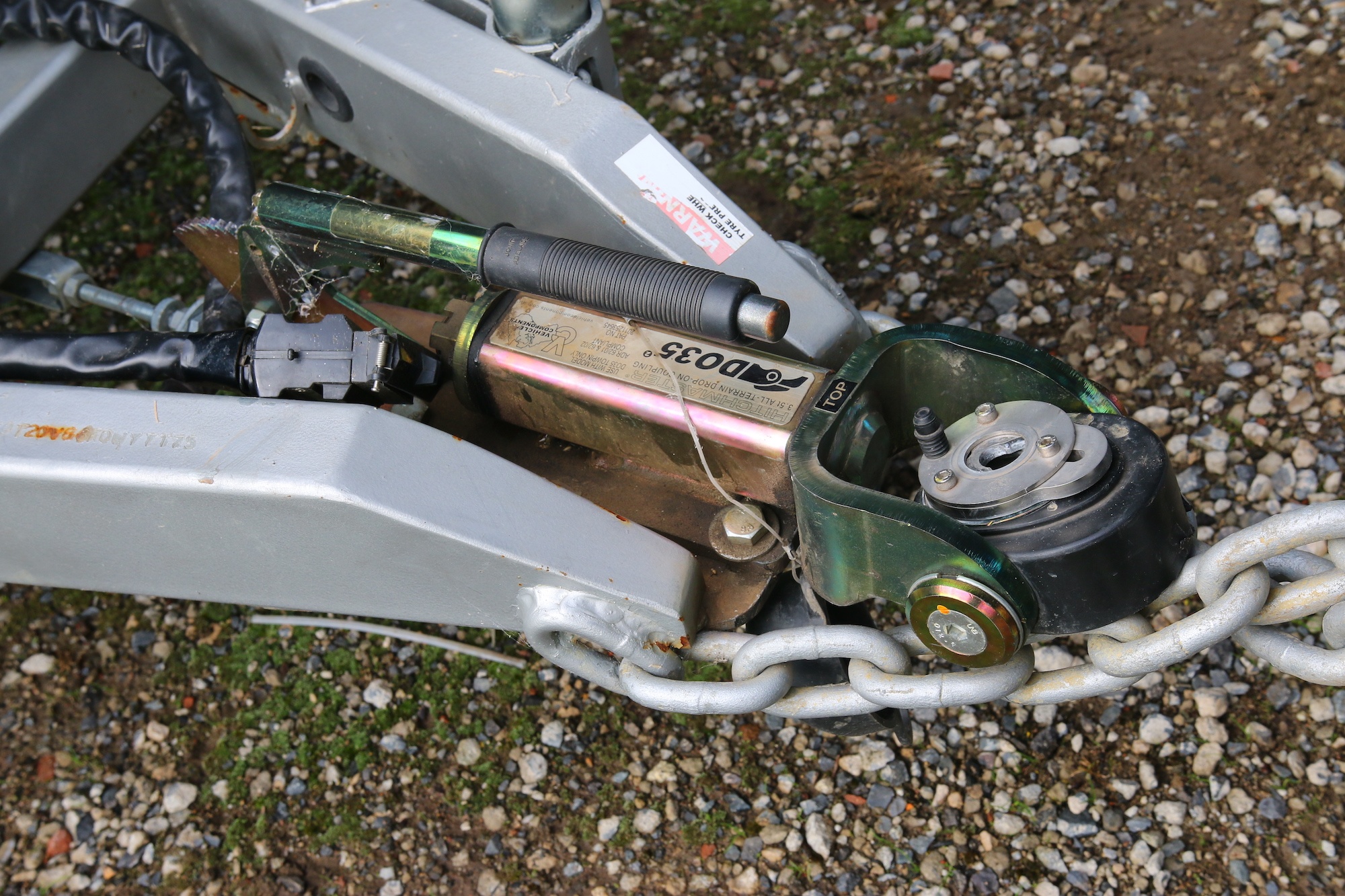Will crossed caravan safety chains really ‘catch’ the coupling if the van becomes detached from the tow vehicle? Let’s find out…
To cross or not to cross the safety chains? That is the question asked by every caravanner when they hitch up for the first time.
The theory is sound. Crossing the chains creates a cradle to catch the coupling in the event the van becomes detached from the tow vehicle. But is this just another one of those wives’ tales disputed and championed around campfires and in corners of the internet?
THE TEST
There was only one way to find out for sure. And while it would make a spectacle to engineer a towbar failure at speed and see where the coupling lands, I considered there had to be a less dangerous way.
I decided the truth could be determined without risking equipment or safety. So, I took my van to a clear, quiet area and, with the van hooked up but stationary, I raised the DO35 coupling off my vehicle’s towbar, safety chains still attached and crossed.
The D-shackles were in their usual position on the final link in each chain. By eye, this position and the amount of slack left in the chains had always seemed about right.
With the download weight entirely resting on the jockey wheel, I inched my vehicle forward, taking up all of the slack in the crossed safety chains, until they were as tight as possible.
Then, unsure of what to expect, I lowered the drawbar on the jockey wheel, the coupling almost coming to rest on the cradle of the chains.
But every towing setup is only as strong as its weakest link, so to speak, and it was clear that having the D-shackles on the end of the chains created too much slack, so much so that the coupling probably would’ve ploughed the bitumen in a genuine failure.
So, to take up some of the slack, I fit the shackles to the second link of each chain, and ran the test again.
This time, the coupling actually came to rest very close to the point where the chains intersected, with the edges of the coupling clearly sitting on the chains themselves. If I had’ve tighten the chains another link, the coupling would’ve certainly sat directly over the cradle, but I felt doing so would’ve removed too much slack from the chains – as you know, a certain amount is necessary for negotiating tight corners and the like.
So, as far as I’m concerned, the debate is settled. Set at the correct length, crossed safety chains will catch a caravan’s coupling if the worst happens.
I’M MISSING A CHAIN!
Unfortunately, the safety-chain situation isn’t entirely clear-cut. While crossing your safety chains will make a difference, it’s predicated on the assumption that there are two chains in play.

After all, it’s legal for vans weighing less than 2500kg ATM to have just one. Trailers between 2500kg and 3500kg ATM must have two, and in all cases the chains must comply with AS4177-4.
The only exception is in Western Australia, which requires two safety chains for vans under 2500kg ATM.
Safety chains must be stamped with the manufacturer’s identification number, the numbers 4177 (which refers to the relevant Australian Standard), and the chain’s safe working load. This rating will often be identified by the following markings:
- 4177-10 (up to 1000kg ATM);
- 4177-16 (up to 1600kg ATM);
- 4177-25 (up to 2500kg ATM); and
- 4177-35 (up to 3500kg ATM).
MEET THE AUTHOR

Max Taylor
Max Taylor has been caravanning since he was a kid and was the editor of some of Australia’s most well-known RV publications for almost 10 years.





